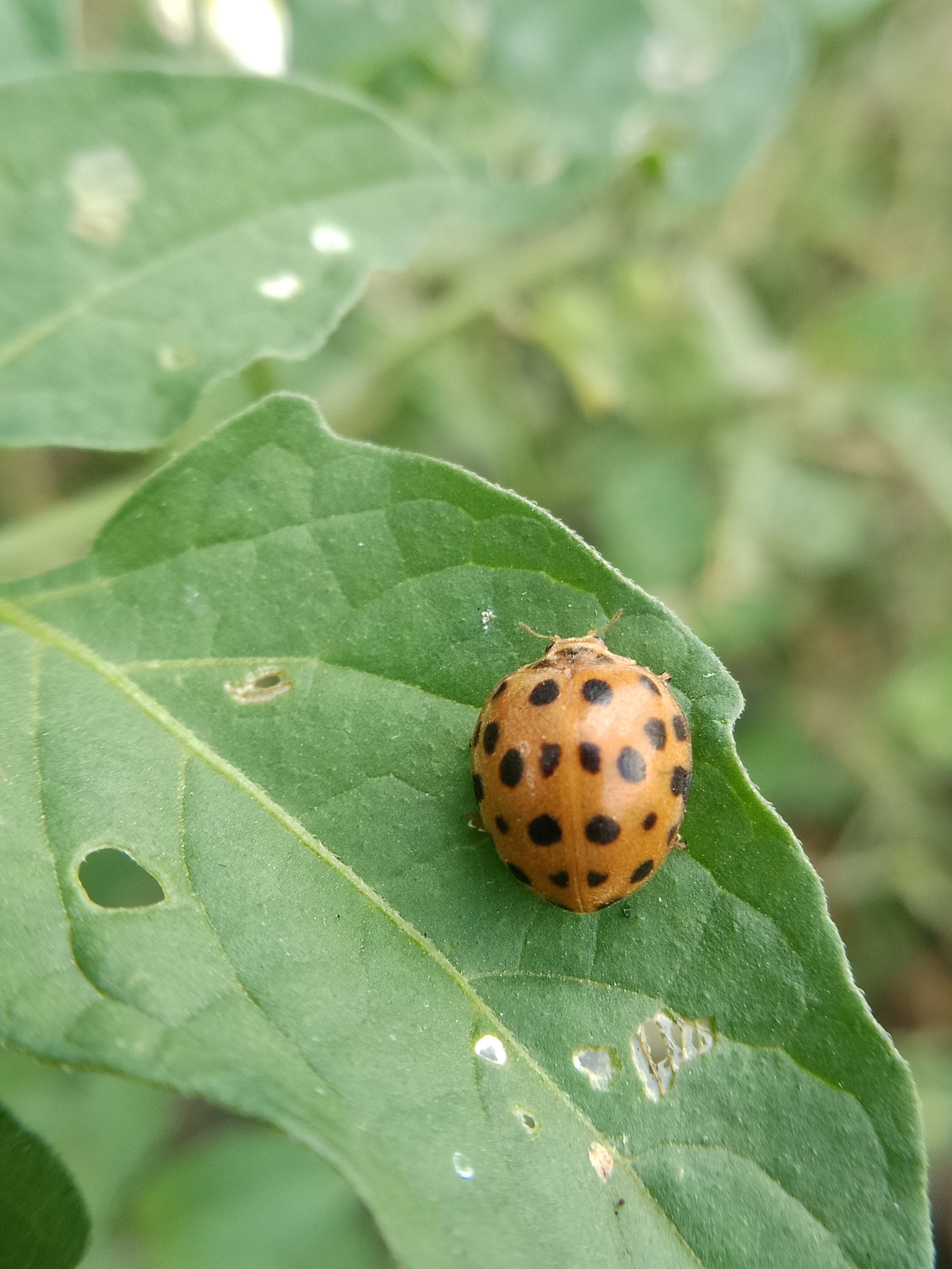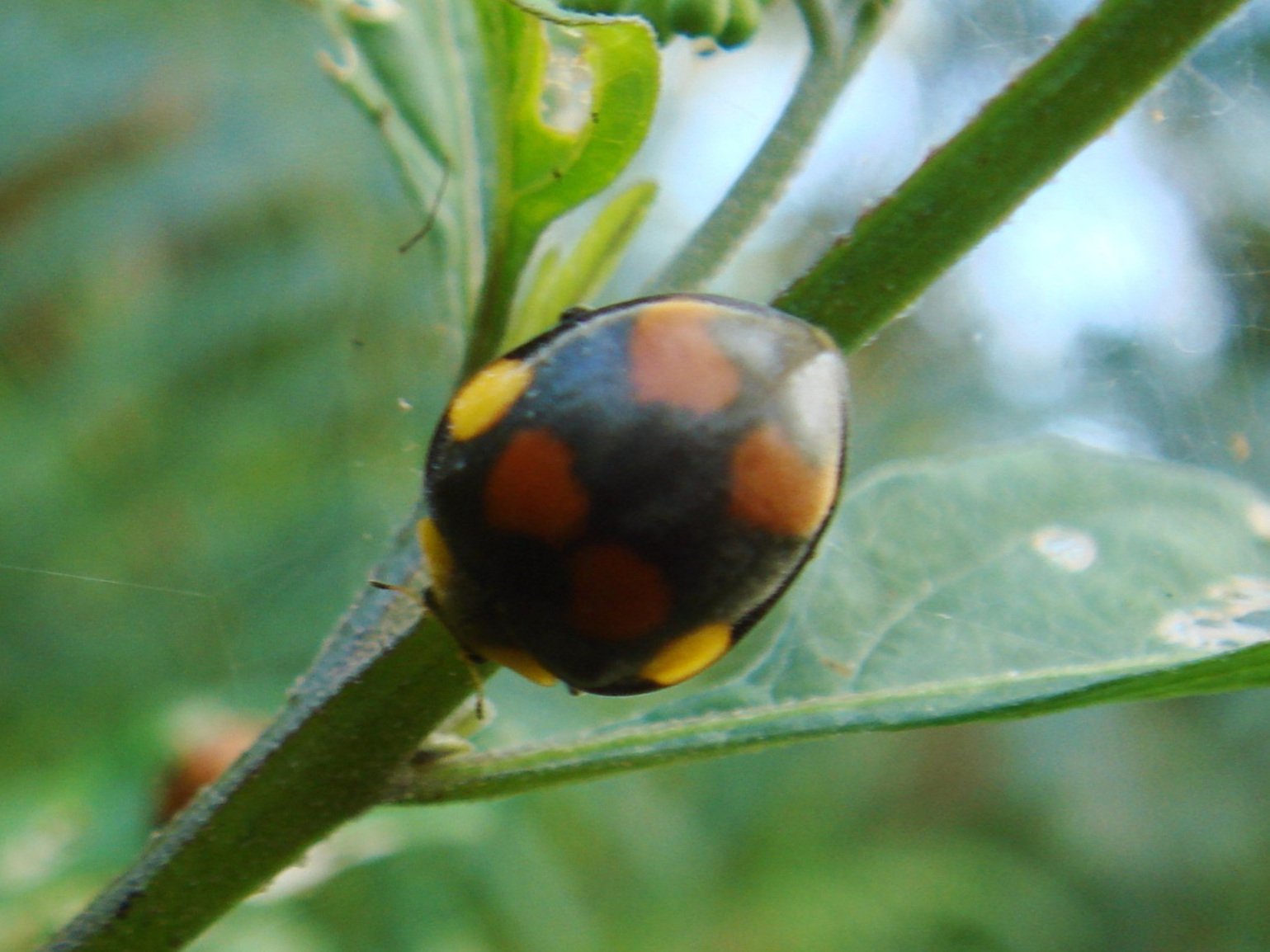Ladybugs
Ladybug, Ladybird or Ladybeetle, regardless what you call them, the stereotypical image is a small black and red spotted, slightly ovoid beetle. Typically we think of ladybugs as being harmless and garden friends, but there is so much more to these brutal garden predators that can sometimes even be garden foes!
Description
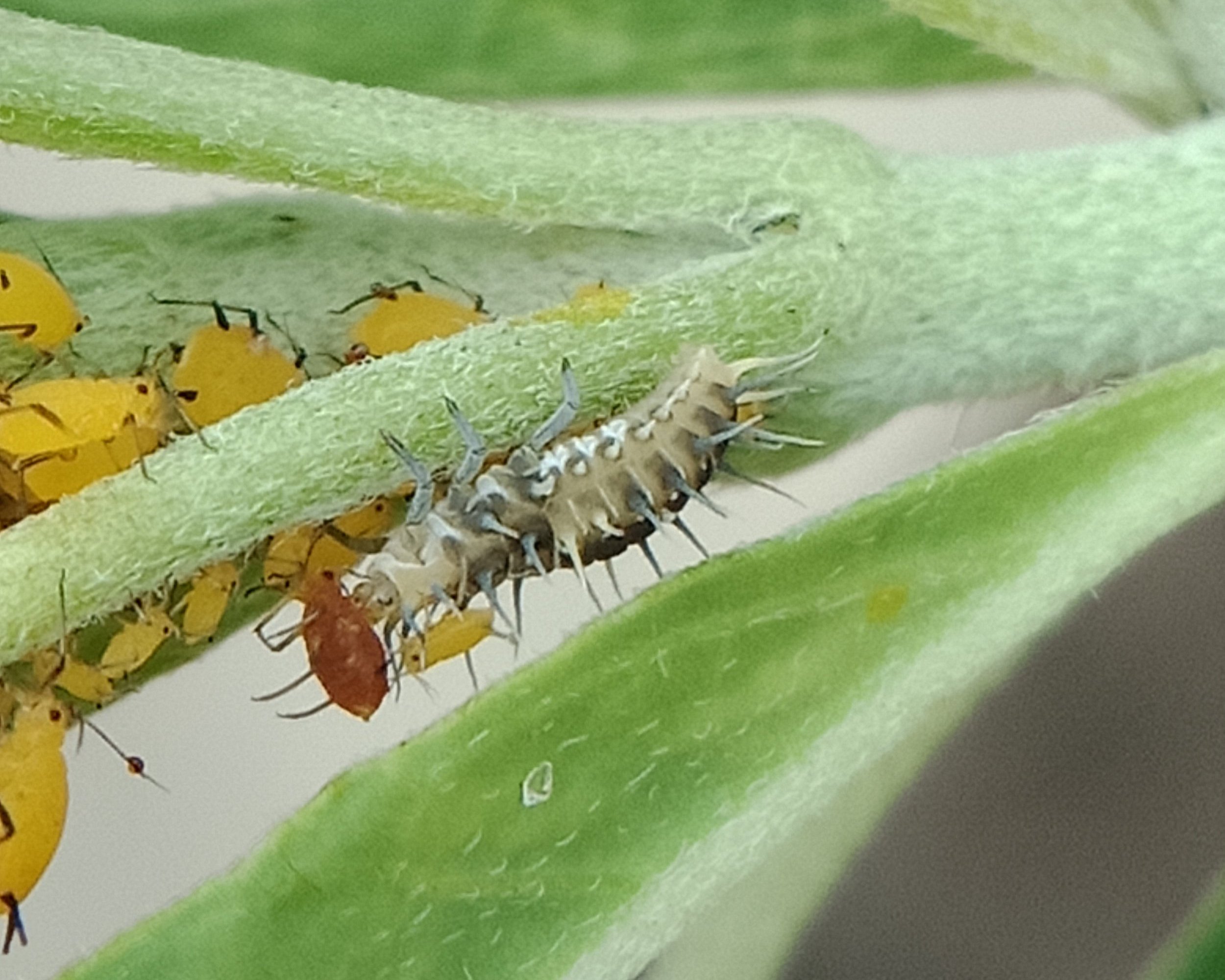
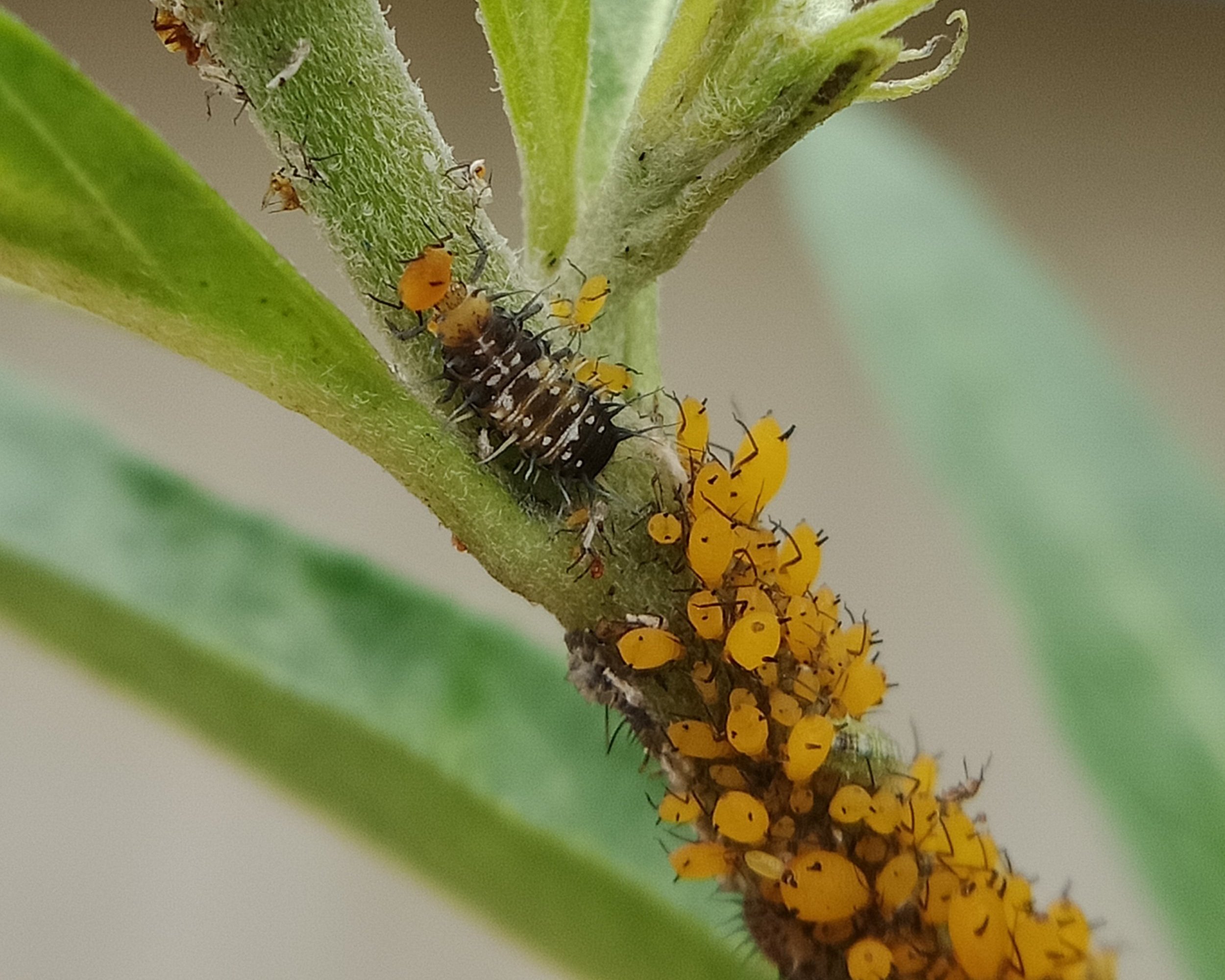
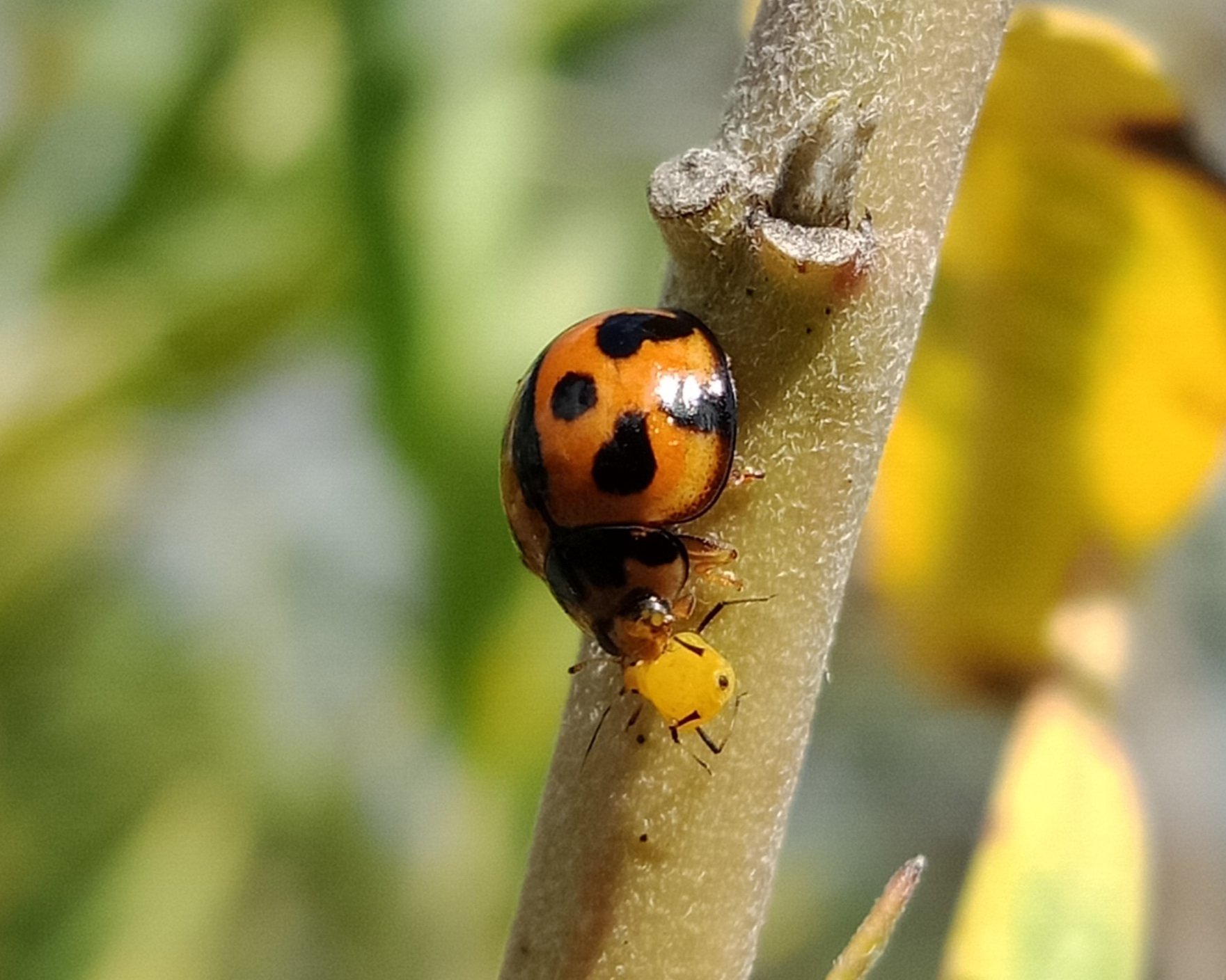
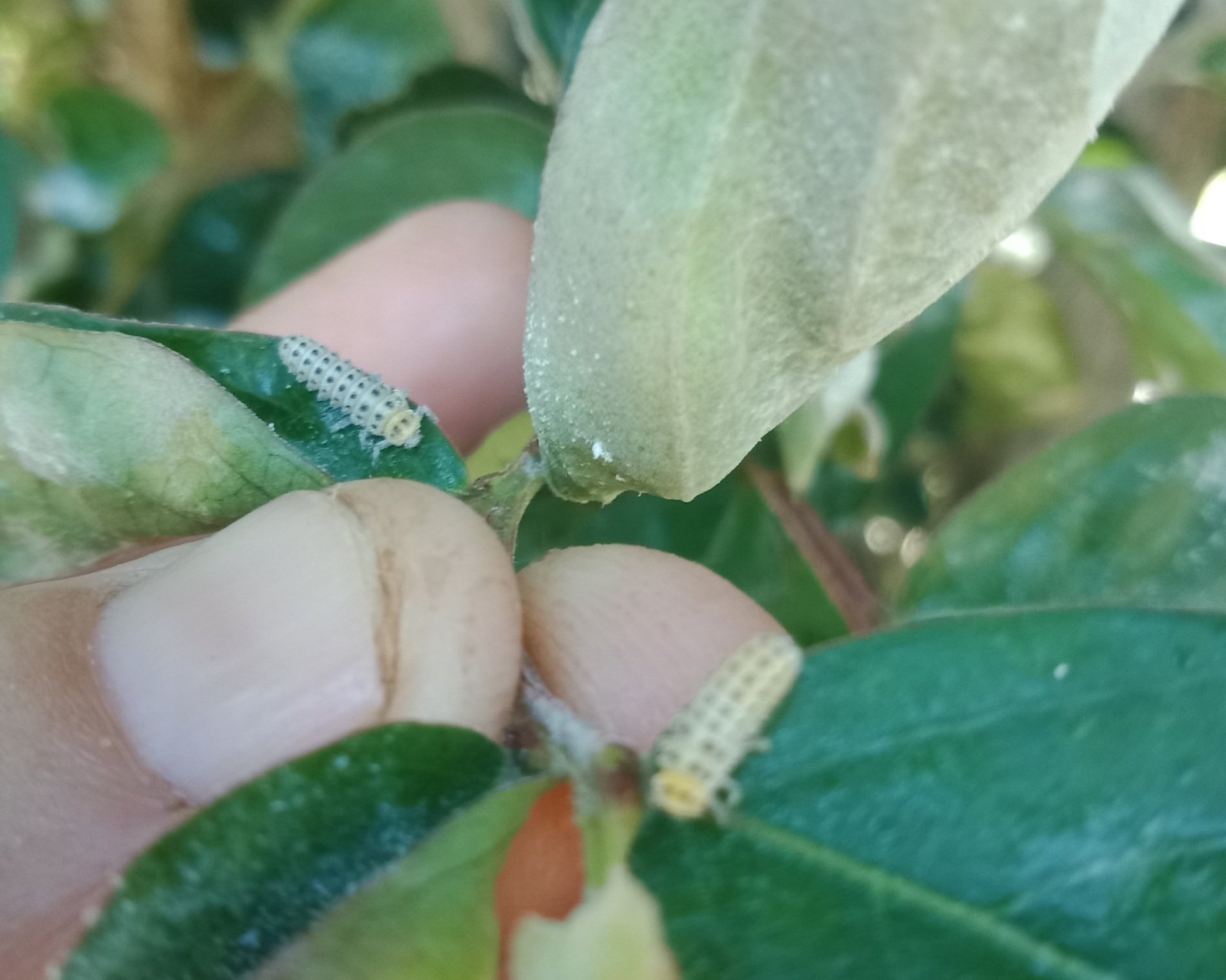


Ladybugs are beetles in the Coccinellidae family, typically but not exclusively small spotted beetles with 6 legs and antennae. Ladybug varieties vary greatly from region to region and what they eat is also not universal, however mostly they are considered beneficial to the garden. Whilst they are typically seen as being harmless it’s worth noting that ladybugs CAN bite. it doesn’t particularly hurt but it sure is surprising if you’re not expecting it (and also to convince otheres that you have been bitten)!
The Good
The most common beneficial ladybugs we see at Arch Gully are Variable Ladybugs (Coelophora inaequalis), Fungus-eating Ladybugs (Illeis galbula) and more recently Spotted Amber Ladybugs (Hippodamia variegata).
However there are many more less commonly seen ladybugs such as the Yellow-shouldered Ladybug (Apolinus lividigaster), Striped Ladybug (Micraspis frenata) and Steelblue Ladybug (Halmus chalybeus).
The beneficial beetles typically eat aphids, small insects or fungus. Ladybugs have voracious appetites with one ladybug typically eating up to 50 aphids a day. As we have a healthy balance of bugs we typically don’t have to do anything to treat aphid or powdery mildew outbreaks aside from show some patience and trust the ladybugs will show up, which they inevitably do. There are companies where you can order beneficial bugs for your garden if your predator bug population seems lacking.
The Bad
There is only two types of beetle that frequents us that falls into this category, colloquially known as the 28-spot Ladybug (Epilachna sp). The name can be a bit of a misnomer as they don’t necessarily have 28 spots (yet another reason it’s best to learn scientific names over common names). Sometimes this ladybug is also known as a Potato ladybug as they are known to drastically defoliate plants in the Solanum (Nightshade) family. What is lessor known about these beetles is there are actually a few different species that look identical to the eye but are different based on their food preferences. Epilachna vigintioctopunctata pardalis, Epilachna vigintisexpunctata & Epilachna vigintisexpunctata doryca on Solanaceae; Epilachna cucurbitae on Curcurbitaceae. We have at least 2 varieties with our Curcubits and Solanum plants being frequented by these pests. There is also another leaf eating ladybug we have spotted in more recent times however it’s only been spotted sporadically so doesn’t seem to cause any problems; Papilachna guttatopustulata however is recorded as being destructive on potato¹. .
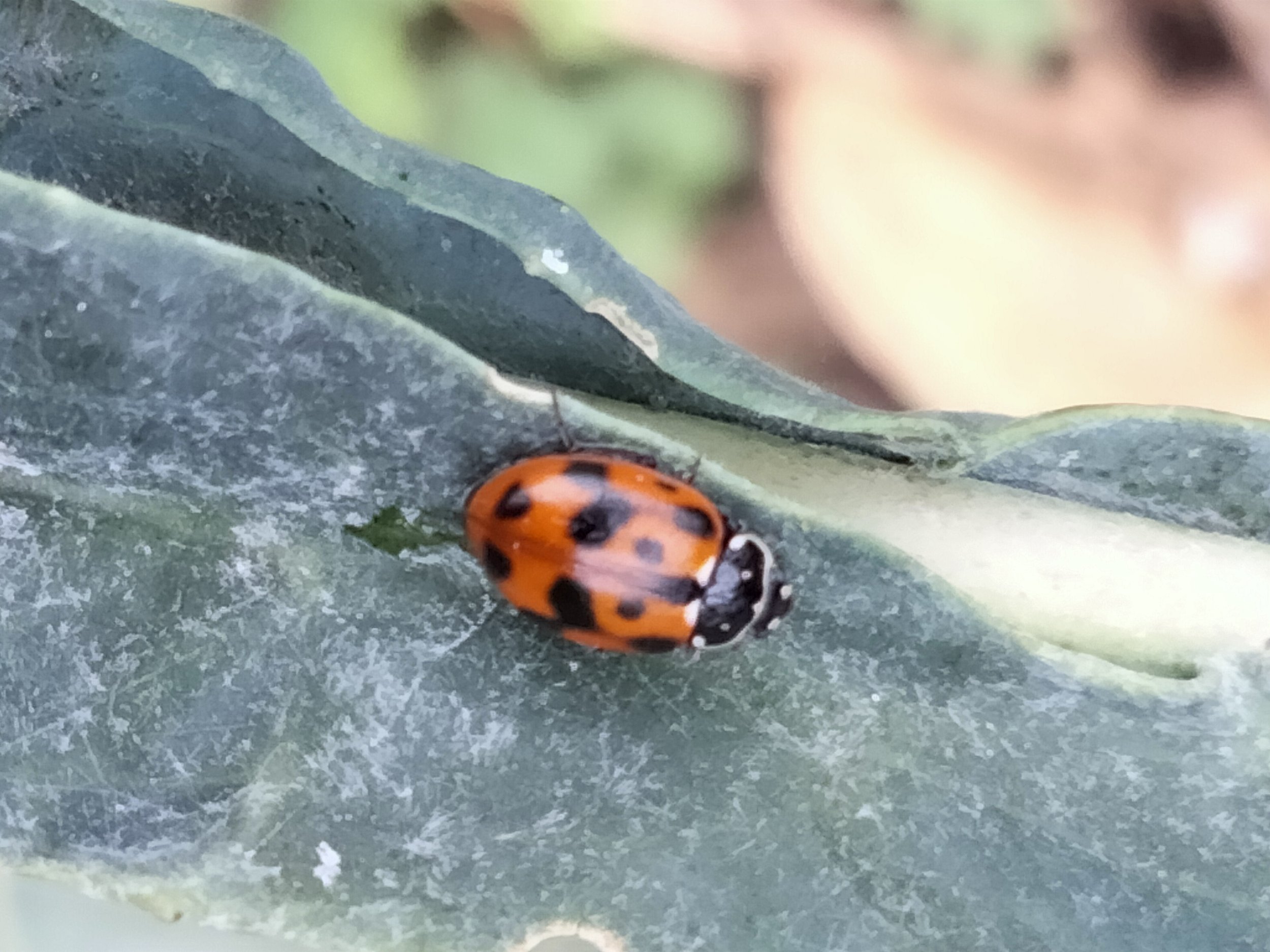





Life cycle
Like all beetles, lady beetles first begin as larvae which then undertake metamorphosis into pupa before emerging as beetles. Sometimes the larvae get confused for other insects as they are vastly different in appearance.
How to attract
Ladybugs need a food source to remain in any area. That means as tempting as it is to control powdery mildew or aphids, the more you resist, the higher the chances of natural predators coming to the rescue is. If a plant is severely affected and outnumbered by aphids, or too strongly protected by ants who are farming the aphids, that is the only time I typically step in to reduce numbers. I also have a few plants that are sacrificial attractors of aphids. Typically milkweed (Gomphocarpus physocarpus) attracts yellow/orange aphids called oleander aphids. As I don’t have any other oleander plants in or around my food garden, this is an ideal plant to help the ladybugs feed and breed to a sufficient number needed to control pests in my garden. Another aphid favourite seems to be Kale. Further advice for attracting ladybugs tends to be around supplying umbel flowers (think Carrots, Fennel, Yarrow etc) which the adult beetle sometimes stops to feed on.
Further reading


